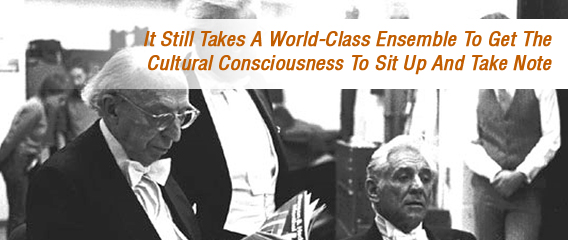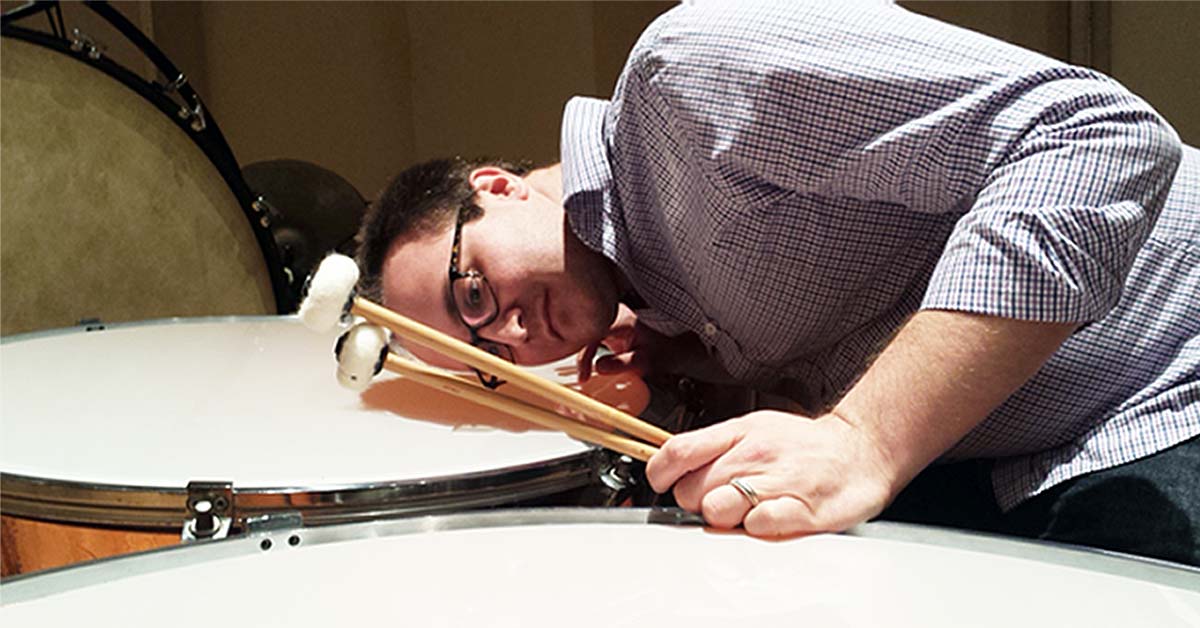You hear it all the time these days, “Classical music ensembles are playing better now than ever before.”
I don’t think this is an unreasonable statement and I would wholeheartedly agree that orchestras and opera companies which were barley more than civic groups 15 years ago are now full of talented, professional musicians delivering a string of excellent concerts.
But what exactly has that increase in artistic quality accomplished? Are professional ensembles located in the proverbial artistic outskirts being noticed? Do they have as much impact as their elder cousins in New York, Boston, and Chicago? Do they have enough clout to make the cultural consciousness wake up and notice a new vehicle for delivering classical music?
I used to believe these questions really didn’t matter much because the only intrinsic value a performing arts organization retained was how it interacted amidst its own metropolitan area. Accordingly, so long as an ensemble continues to improve artistically then everyone’s a winner.
Nevertheless, one recent event in the classical music business is reminding everyone that legacy level status can make all the difference in the world between success and failure. Case in point, the Metropolitan Opera’s new series of telecasts.
To date, the telecasts have been an undeniable hit as movie theaters across the country broadcasting the telecasts have reported one sold out concert after another with patrons clamoring to buy tickets to subsequent shows months in advance. In fact, the productions have been so well produced that some arts pundits have declared that the Metropolitan Opera has succeeded at creating a new art form, all of which will only continue to cement their status among the cultural consciousness.
Even radio personality Garrison Keillor recently published an article where he recounts his experience attending the Metropolitan Opera’s telecast of Eugene Onegin. In the tagline for the article he writes “On a snowy winter afternoon there’s nothing like the passion of the Metropolitan Opera to remind you of life’s daily beauties.”
It struck me that Keillor didn’t write “…the passion of Tchaikovsky to remind you…” or even a broader “…the passion of opera to remind you…” Instead, he mentioned the Metropolitan Opera by name (along with singers Renee Fleming and Dmitri Hvorostovsky).
This left me wondering if Garrison Keillor, along with the throngs of opera enthusiasts across the country, would have been as willing to attend the telecasts if they were being produced by Opera Colorado or the Michigan Opera Theater. What if those organizations telecast a program with production values equal to what the Metropolitan Opera offered, would audiences and journalists have been as enthusiastic about the new venture?
Or, is this a case of “Only Nixon Could Go To China?” The more I ponder the situation the more I begin to think that the Metropolitan Opera may have been the only U.S. opera company capable of selling this product to a nationwide audience.
As such, does this mean all of the other professional classical music organizations that do not have such an established artistic pedigree are forever damned to butting against an artistic glass ceiling? Hopefully, the answer is “no.”
Although the Metropolitan Opera may have been one of the only, if not the only, opera company in the U.S. capable of discovering a new method using raw demand for its product to validate its worth, the organization has also created a new benchmark which other ensembles can eventually use to justify their artistic worth.
As it stands now, arts groups already have a narrow band of criteria that serve as useful benchmarks; ticket sales, budget size, season length, pay scale, recordings, guest artists, and touring are among the only quantifiable points of reference most organizations use. Consequently, it will be fascinating to see if telecasting begins to become a new benchmark for how performing arts organizations (opera companies in particular) begin to measure their value.
The Metropolitan Opera may have been one of the only U.S. opera companies with an inherent status capable of proving that there is a viable demand for telecasts, but other organizations may discover methods to outmaneuver them sooner rather than later.










